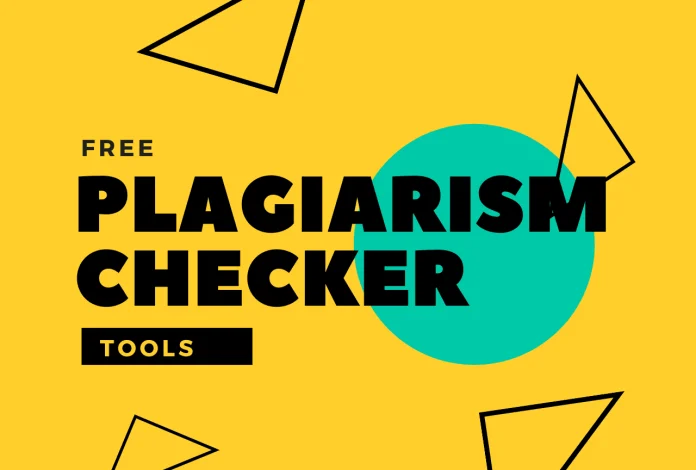In the digital age, where information is readily available online, ensuring the authenticity and originality of content has become paramount. Plagiarism, the act of using someone else’s work or ideas without proper attribution, is a concern for students, writers, educators, and content creators alike. Many individuals wonder if it’s possible to create a free plagiarism checker without relying on external tools or paid services. In this article, we will explore this question and provide insights into developing your plagiarism checker.
Understanding the Need for a Plagiarism Checker
Before diving into the development process, let’s understand why a plagiarism checker is essential:
- Academic Integrity: In the academic world, plagiarism can lead to severe consequences, including academic penalties and damaged reputations. A plagiarism checker helps students and educators maintain academic integrity.
- Content Originality: For content creators, website owners, and bloggers, ensuring that their work is original is crucial. Plagiarized content can harm a website’s SEO and reputation.
- Legal Implications: Plagiarism can also have legal ramifications, particularly if copyrighted material is used without permission. A plagiarism checker can help individuals avoid legal trouble.
Developing a Free Plagiarism Checker
Creating a plagiarism checker from scratch is a complex task that requires programming skills and access to vast databases of existing content. Here is a simplified outline of how you could approach this project:
1. Programming Language:
Choose a programming language that you are comfortable with or one that is well-suited for text analysis, such as Python or JavaScript.
2. Text Analysis Algorithms:
Research and implement text analysis algorithms to compare input text against a database of existing content. Algorithms like Levenshtein distance or cosine similarity can be useful for this purpose.
3. Database of Text:
Gather a substantial database of texts that you want to compare against. This can be freely available texts or documents, but it should cover a wide range of topics and sources.
4. Input and Output:
Create a user-friendly interface for inputting text to be checked and receiving the plagiarism check results. This can be a web-based interface or a standalone application.
5. Comparison and Reporting:
Develop the logic to compare the input text with the database and generate a report highlighting any similarities or matches found.
6. Scalability and Maintenance:
Consider the scalability of your system as the database of texts grows. Regularly update your database to ensure accuracy.
7. Privacy and Security:
Pay careful attention to user data privacy and security, especially if your plagiarism checker will be used by others.
Challenges and Considerations
Developing your plagiarism checker can be a significant undertaking, and there are some challenges and considerations to keep in mind:
- Resources: Building and maintaining a large database of texts can be resource-intensive.
- Accuracy: Ensuring accurate plagiarism detection is challenging, and false positives or negatives can occur.
- Legal Issues: Be aware of copyright and licensing issues when using and storing texts in your database.
- Maintenance: Regular updates and maintenance are necessary to keep your plagiarism checker effective and up-to-date.
In conclusion, while it is technically possible to create your free plagiarism checker without external tools, it is a complex and resource-intensive endeavor. For most individuals and organizations, using established plagiarism checker tools or services is a more practical and reliable option to ensure content originality and avoid plagiarism-related issues.
Read more: Click here
